wartamoro.com, Introduced nearly eight decades ago, the bikini has been causing a stir as an indispensable summertime garment since the 1940s.
The late fashion editor Diana Vreeland referred to the bikini as "the most significant development since the discovery of the atomic bomb." Her statement holds true; the two-piece swimsuit continues to captivate with undiminished appeal. or shocking allure throughout the years.
For never before in the annals of fashion has a small scrap of material created such commotion. Thus, as we retrieve our swimsuits yet again, let's take a glance at the journey of the bikini through time.
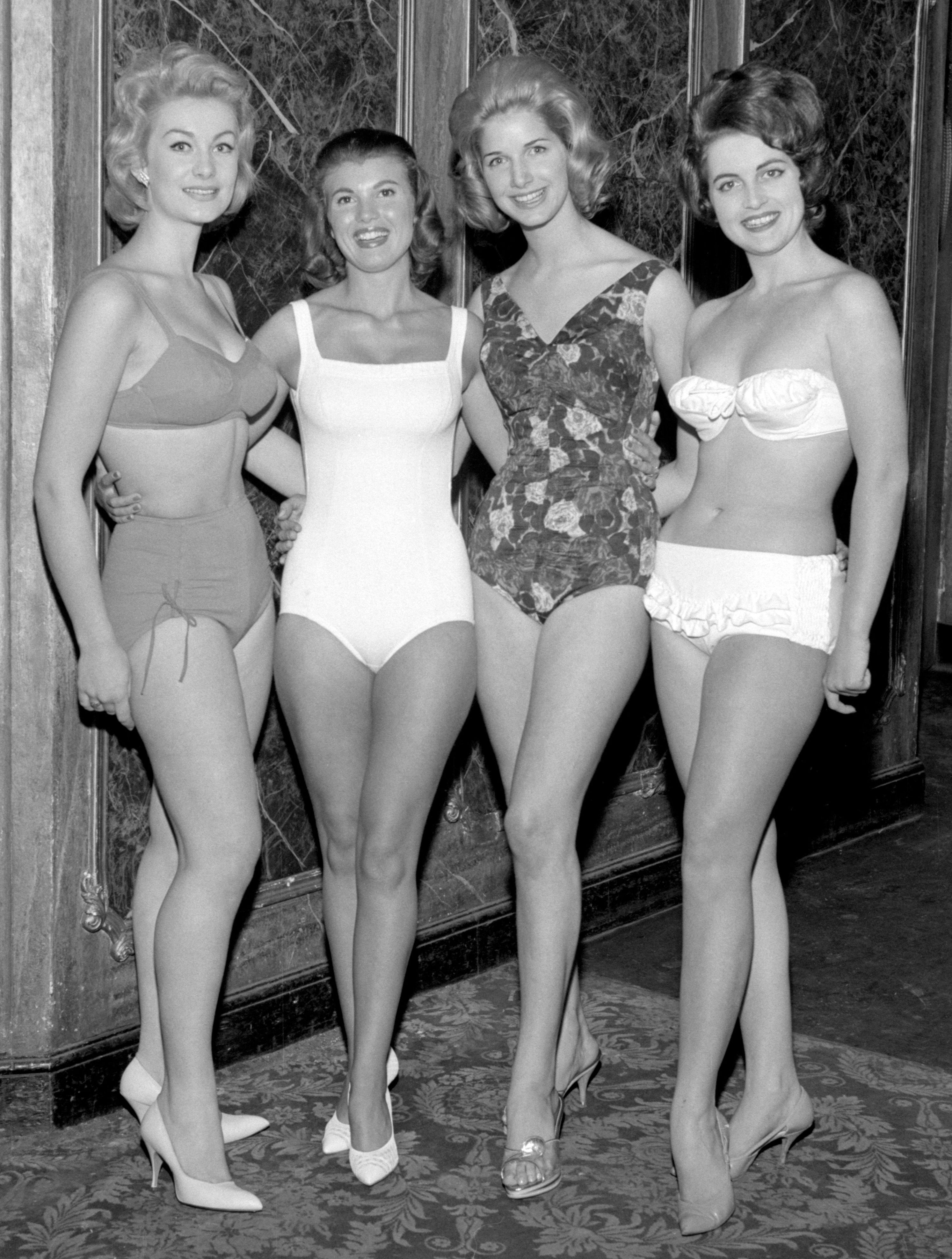
The beginnings of the bikini
Since the middle of the 1800s, swimsuits have been making their way into the waterways. Normandy and Biarritz By the seaside aristocracy. However, during the summer of 1946, a significant change occurred in swimming attire.
Drawing inspiration from the initial U.S. atomic bomb test conducted at Bikini Atoll Pacific , French engineer turned textile manufacturer Louis Réard ignited a style revolution in post-war France with his introduction of the bikini.
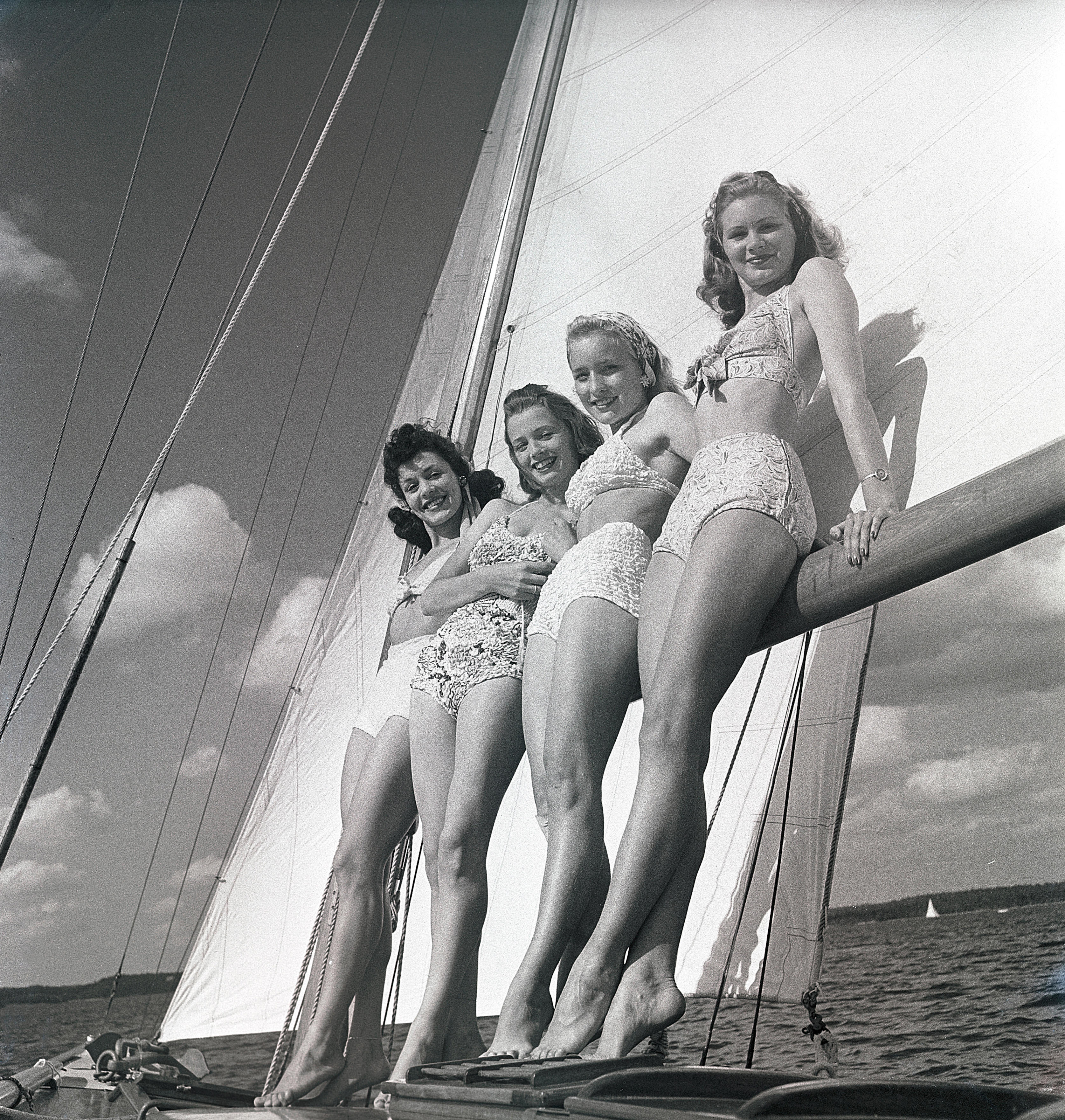
During his visit to the shores of Saint-Tropez, Réard noticed women pulling down their swimwear to achieve a more extensive suntan — an observation that inspired him to design a bikini with an entirely exposed midsection.
The strikingly simple design was first showcased at the Molitor pool in Paris, modeled by Micheline Bernardini, a nude dancer from the Casino de Paris and the sole woman ready to sport such an exposed outfit.
Comprising of just a few scraps of fabric printed with excerpts from Bernardini’s fan mail, the so-called “world’s smallest swimsuit” showed off her curves and – most shockingly – her navel. At the time, this part of the body was considered far too intimate for public display. The navel, tied symbolically to motherhood, was still seen as something that belonged to the private sphere.
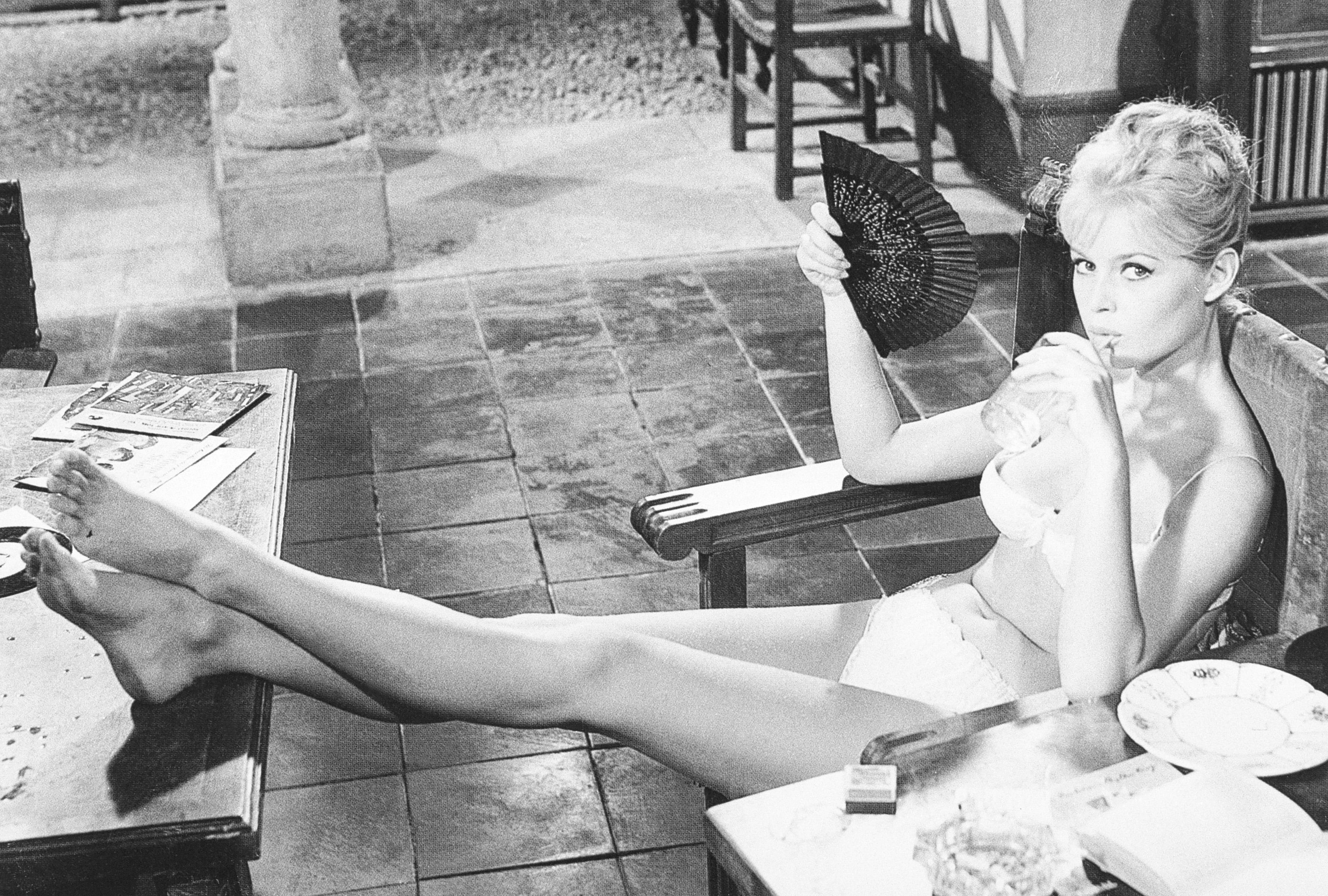
Enclosed in a small metallic box measuring only 6 centimeters across, and promoted as "the first anatomical bomb," the bikini was poised to disrupt post-war sensibilities regarding modesty.
One of its earliest supporters was Brigitte Bardot She created a stir in 1953 by sporting a modest floral bikini on the shores of Cannes.
The defiant spirit of this young actor, who was only 18 at the time, played a key role in transforming the bikini into an emblem for a generation that embraced liberation, enjoyment, and a swiftly evolving consumer society.
1960s
By the 1960s, bikini continued to gain popularity, although they remained banned at certain European beaches.
This was primarily due to Hollywood. In the James Bond movie "Dr. No" (1962), Ursula Andress emerged from the sea clad in an iconic white belted bikini, and this scene definitely created a splash.
Channel 4 ranked it as the number one bikini moment in cinematic history, and in 2001, the swimsuit was sold at an auction for $61,500. Film critic Martin Rubin characterized this instance as a "pivotal point in the loosening of screen eroticism during the Swinging Sixties."
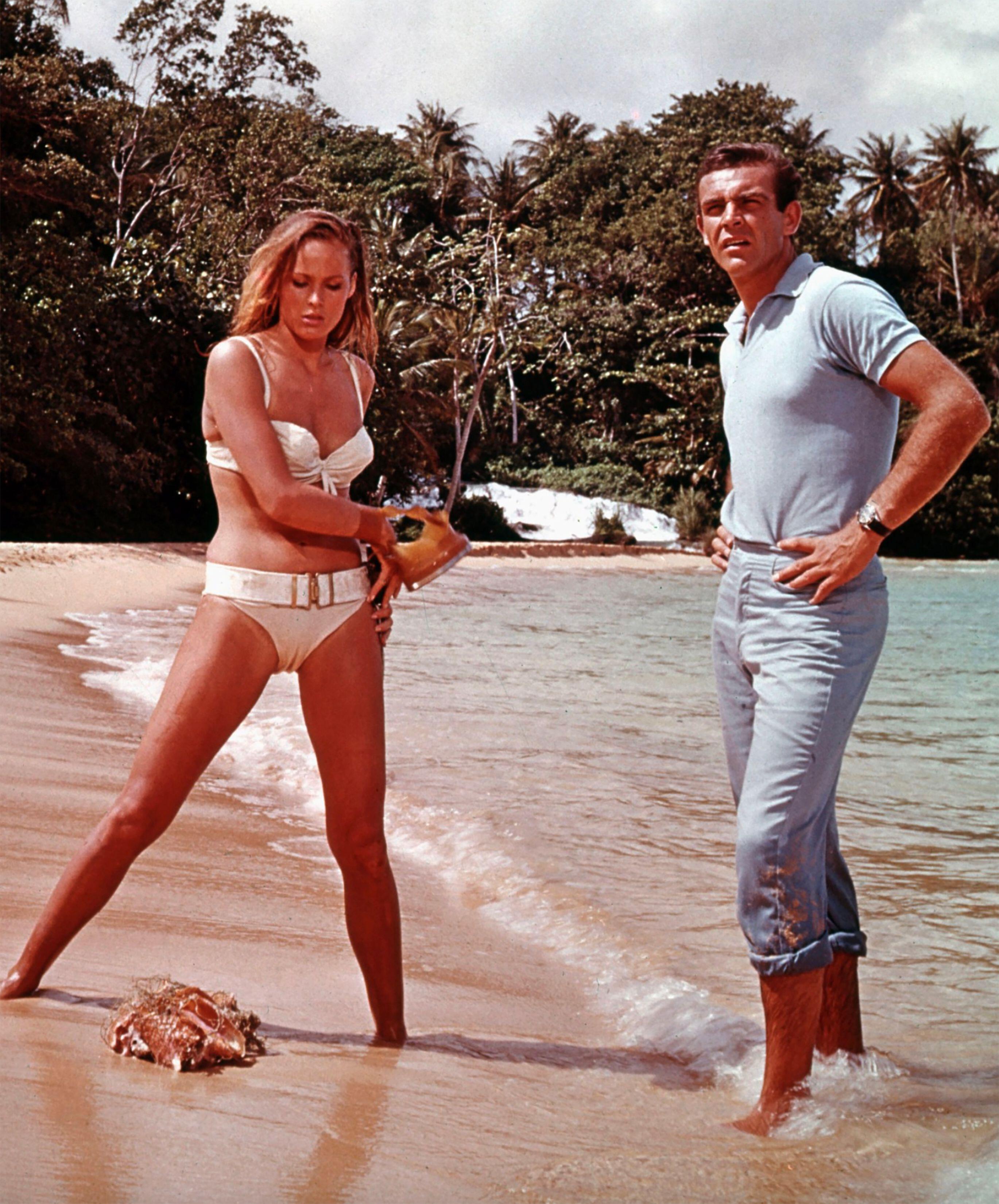
In the same year, actress Sue Lyon reclined on the grass wearing a flowery two-piece swimsuit in "Lolita," whereas Raquel Welch embraced her primitive side with a furry bikini in "One Million Years B.C." (1966). These iconic scenes significantly contributed to making bikinis fashionable worldwide.
In France however, the bikini didn’t fully catch up until 1968, when social rebellion and the rise of feminism helped rewrite the rules of how women dressed and what it signified.
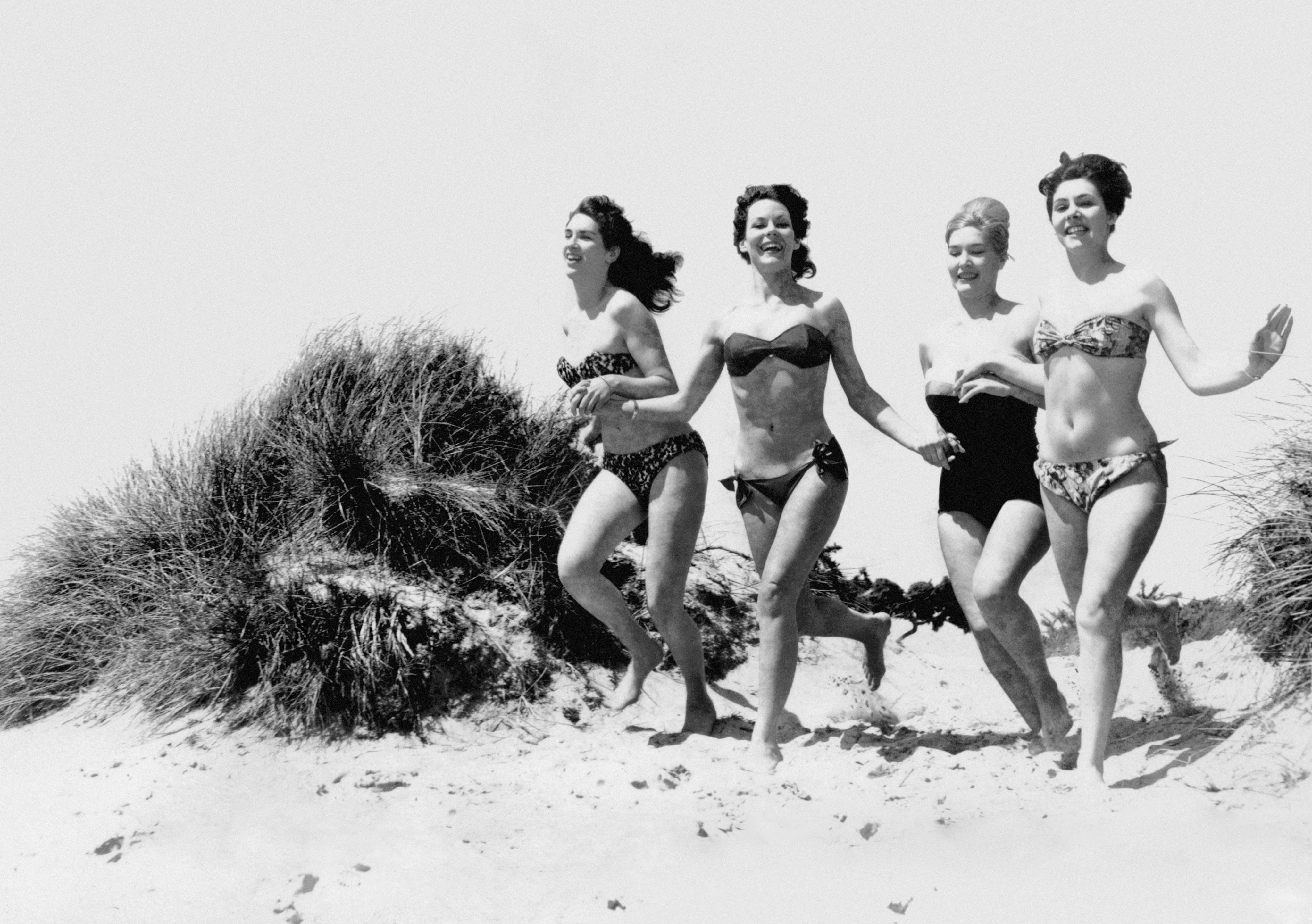
No longer just a skimpy beach outfit, the bikini became a subtle act of defiance: a way for women to reclaim ownership of their bodies, ditch the outdated constraints of modesty, and move freely – whether swimming, sunbathing, or simply being.
What was once scandalous had evolved into a symbol of liberation.
1980s
By the 1980s, the bikini made up 20% of swimsuit sales, more than any other swimwear model in the US.
However, as skin cancer awareness grew, sales of the skimpy bikini decreased dramatically. Suddenly, it was all about the high-rise one pieces.
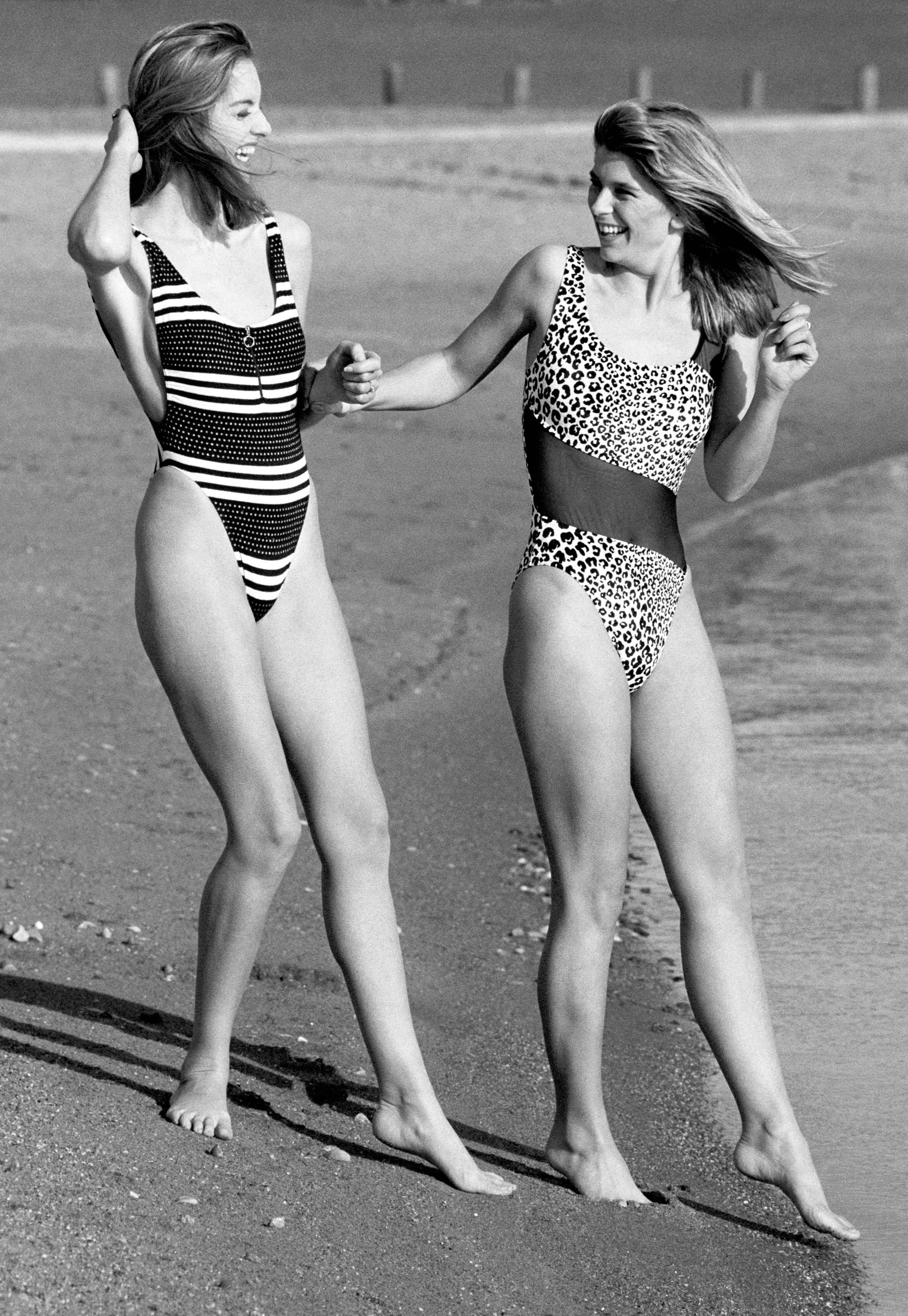
In addition to one-piece swimsuits, variants like the 'tankini' and 'camikini' gained popularity. These styles included longer tops that covered the midsection and ended around the hips.
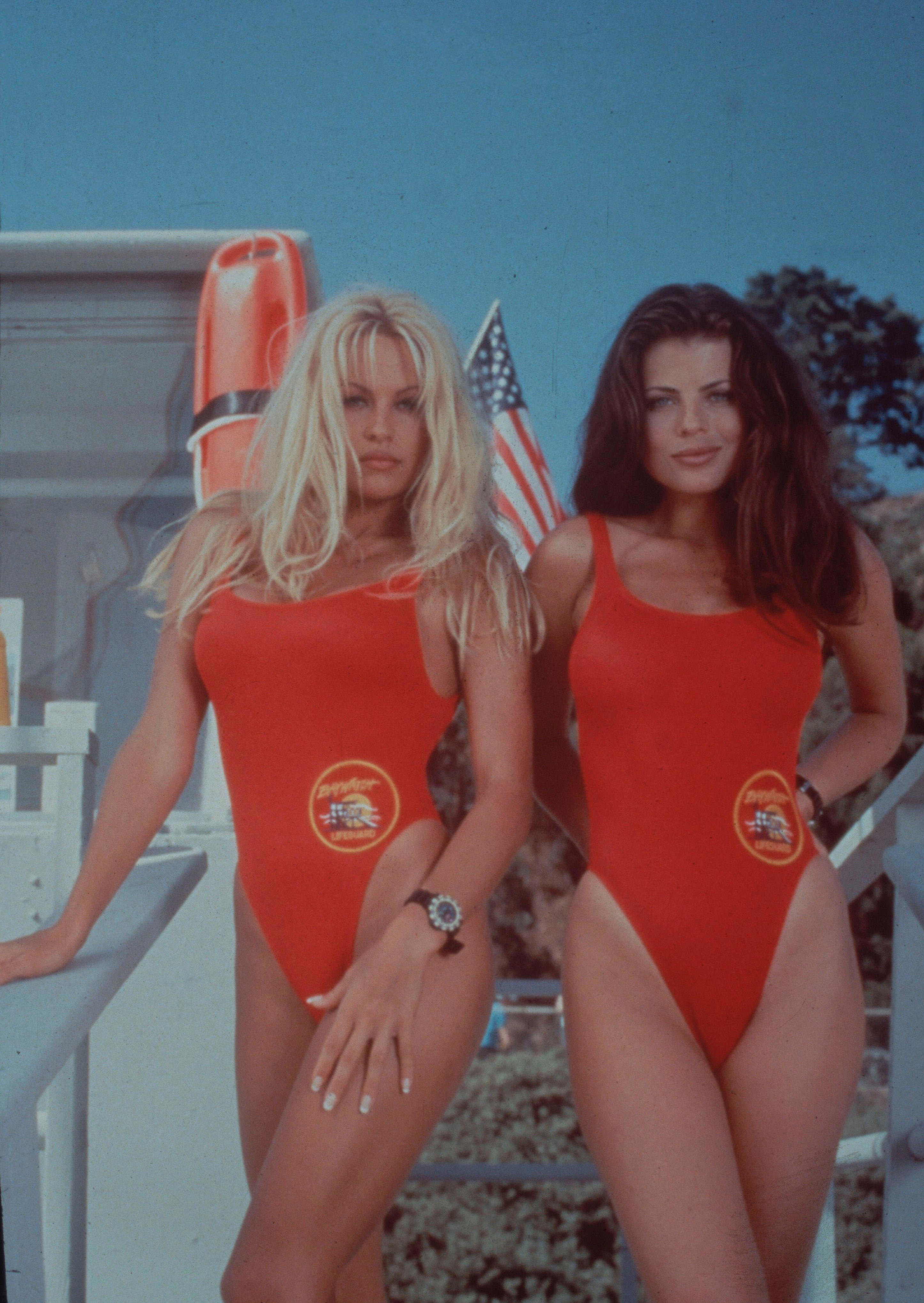
The likes of Baywatch’s Pamela Anderson and Sports Illustrated model Cindy Crawford became swimwear icons, wearing plunging one-pieces and high-rise bottoms.
1990s
With more minimalistic styles shaping fashion and jumpsuits becoming emblematic of Eighties sportswear, the bikini made a big comeback.
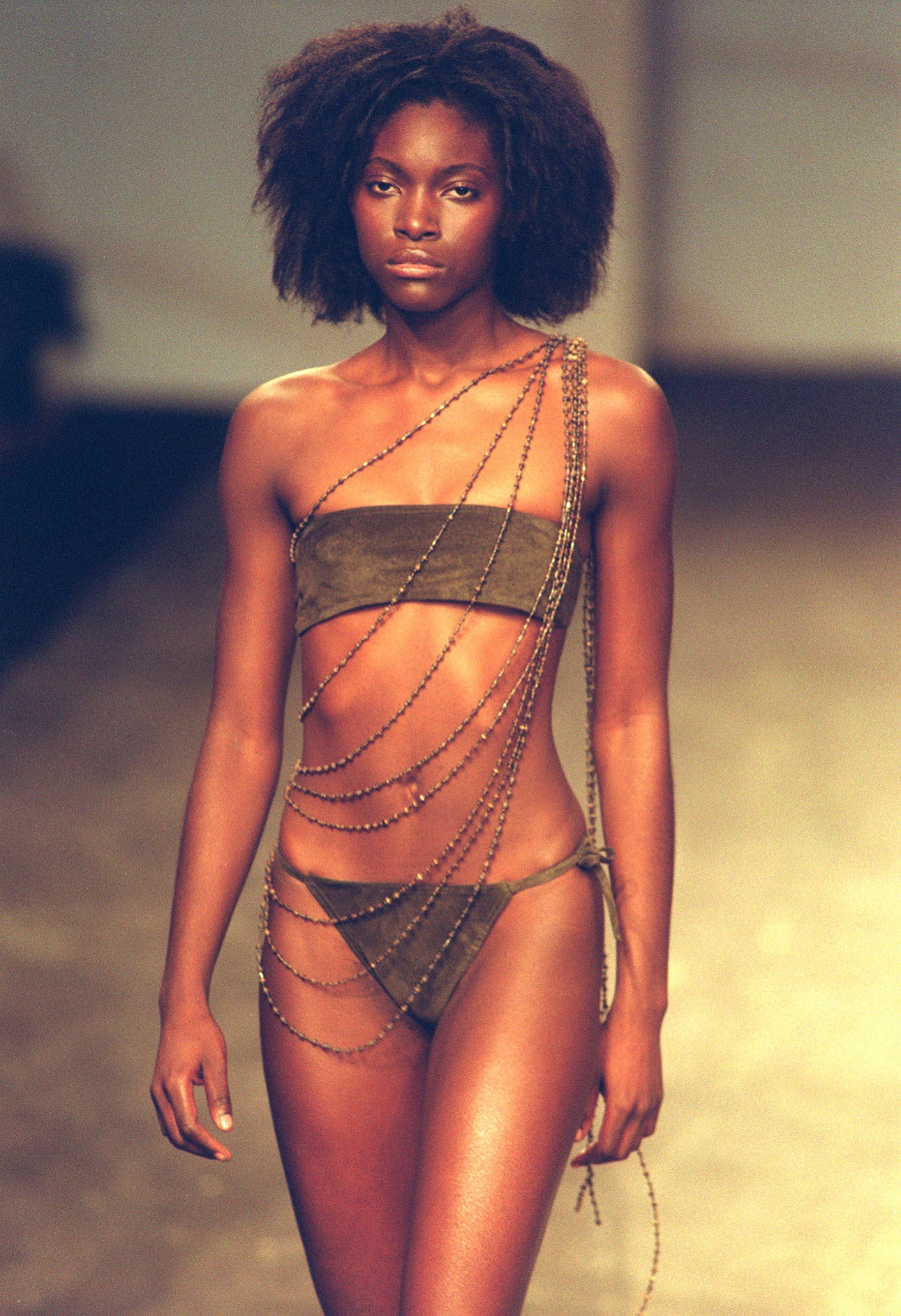
This time, luxury labels began transforming the two-piece swimsuit into high-glamour statements.
In 1996, Chanel shrank it down and stamped it with its signature logo, and paraded it down the runway on supermodel Stella Tennant.
The following year, Tom Ford at Gucci took things even further with a barely-there ombré thong bikini adorned with a bold metal G – designed for all genders, and made to be seen.
2000s – present day
Today, the bikini remains a controversial piece of clothing, still finding itself under censorship.
In 2013, an advert featuring Pamela Anderson dancing in a bikini was banned by the British Advertising Standards Authority for degrading women.
In that same year, Cambridge University banned the Wyverns Club of Magdalene College from arranging its annual bikini jelly wrestling contest.

But as designers become more inclusive and experimental with their designs – it seems the bikini has stepped into its golden age.
A symbol of liberation and freedom – the bikini remains one of the most popular sectors of the fashion industry, being valued at around $811 million.
Whatever its next form, one thing is certain: the bikini is here to stay.

Posting Komentar